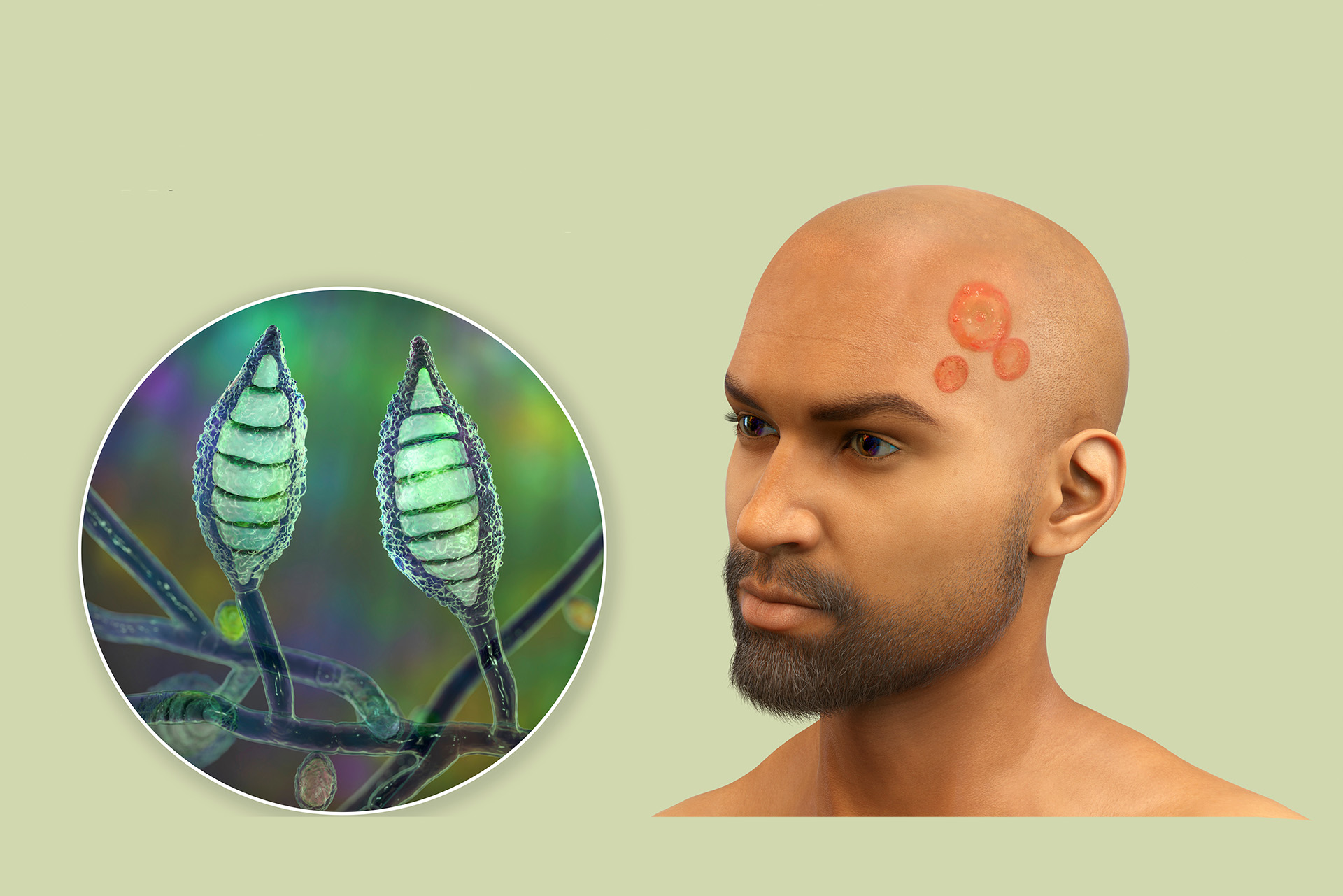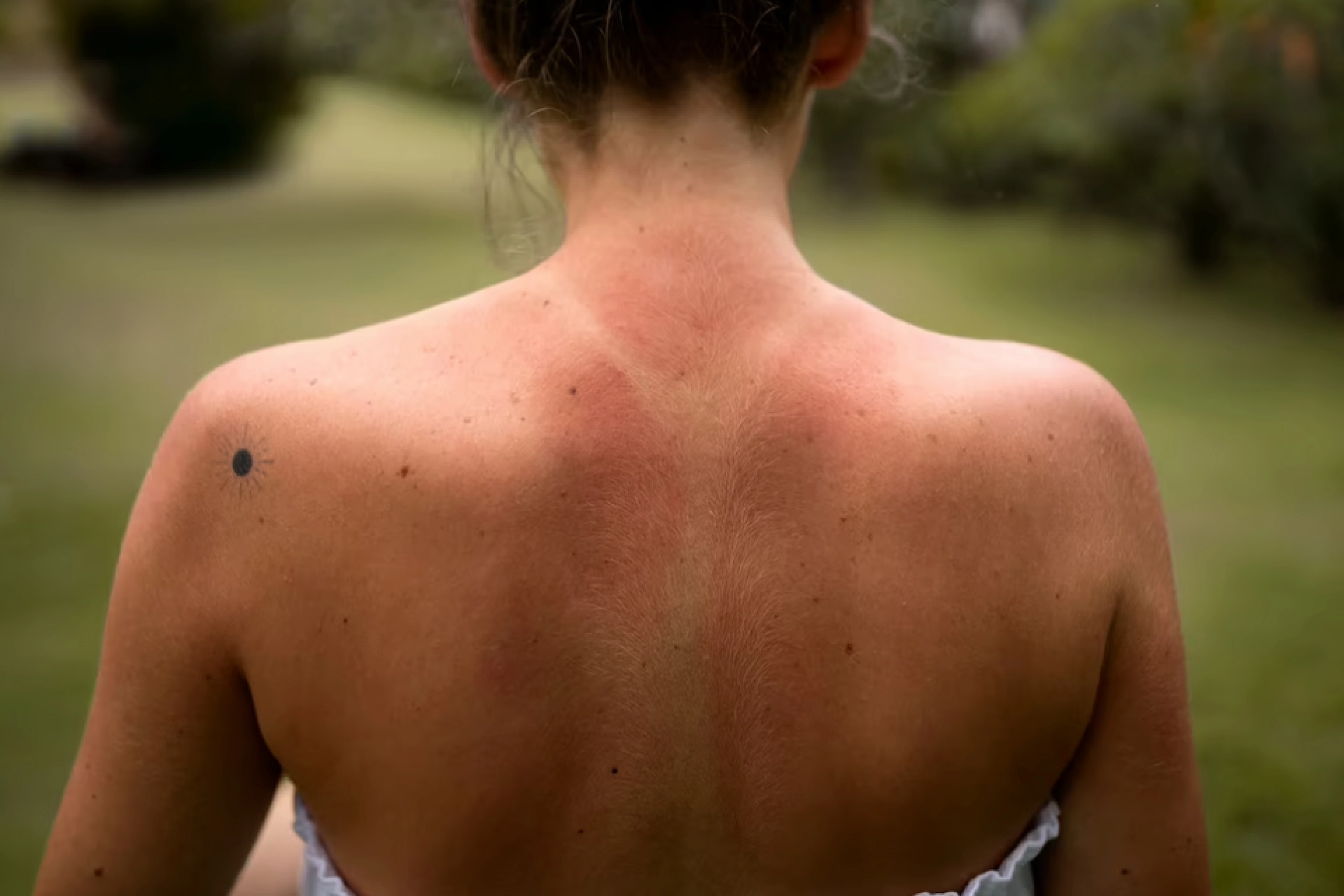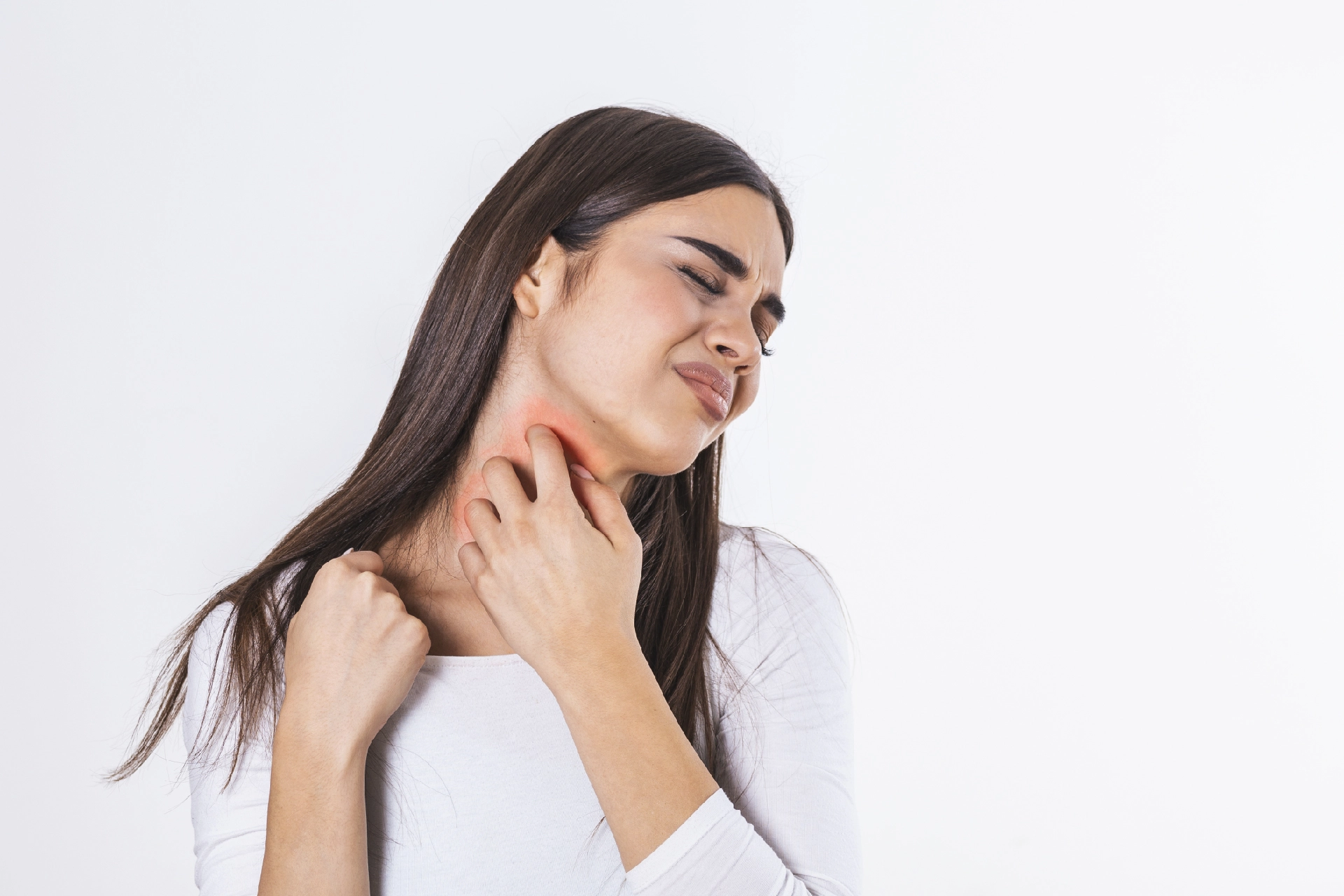Physical Medicine and Rehabilitation | 5 min read
What is Tinea Capitis: Causes, Symptoms, Diagnosis and Prevention
Medically reviewed by
Table of Content
Synopsis
Tinea capitis is a common hair disorder in children and older adults. Tropical climate and sweating increase the risk for tinea scalp disorder. Tinea capitis treatment includes antifungal medications.
Key Takeaways
- Tinea capitis is a hair condition that is also called scalp ringworm
- Tinea scalp is caused by a group of fungi named dermatophytes
- Tinea capitis treatment involves oral antifungal medication
Tinea capitis, also known as scalp ringworm, is common in children and older adults [1]. It can impact your or your child’s scalp and hair by forming scaly rashes and red patches. The condition is caused by a group of fungi named dermatophytes and is also accompanied by itchiness and loss of hair. The symptoms can also affect your eyebrows and eyelashes. When it comes to tinea capitis treatment, doctors usually prescribe an oral antifungal medication. To know more about tinea capitis, scalp disorders it can cause, and how to treat this condition, read on.
Types of tinea capitis
There are two types of tinea capitis – inflammatory and non-inflammatory. The first can lead to kerion, which is marked by painful patches filled with pus. They are formed as a reaction to the activity of the fungus in the immune system of the infected individuals. As a consequence of kerion, your child may experience permanent hair loss along with scarring.
On the other hand, the non-inflammatory condition may not lead to permanent hair loss. However, it can lead to the formation of black dot tinea capitis, a condition where there can be damage caused to the hair shafts. There is one more variation of non-inflammatory ringworm that is called grey patch tinea capitis. When it attacks your hair and scalp, the hair shafts may break above the surface. Both these hair disorders are common in children.
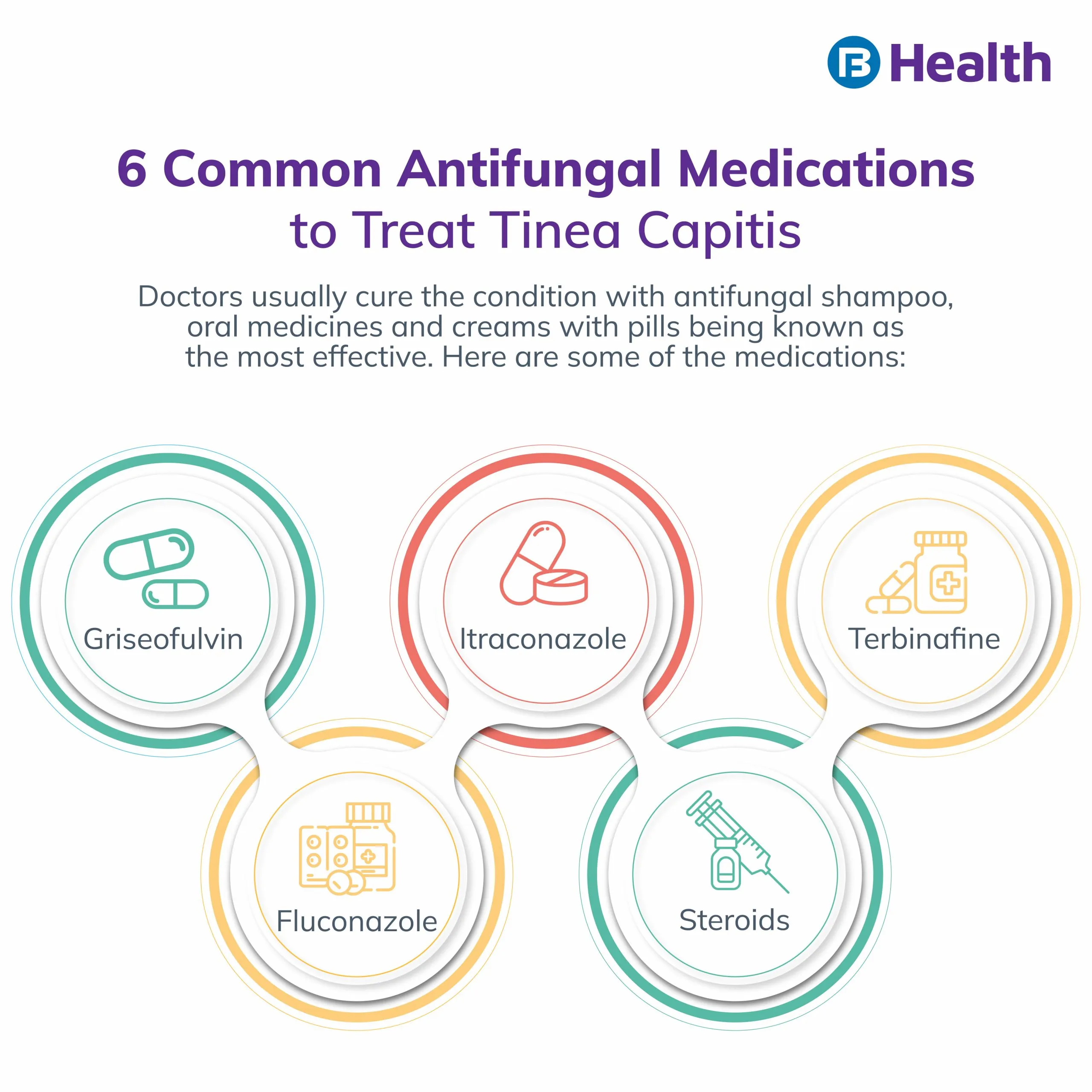
Who is at risk of getting this condition?
When it comes to tinea scalp disorder, children aged between 3 and 14 are at major risk. However, the condition can also affect adults, especially those whose immunity systems are weak.
What are the usual symptoms?
Here are the usual symptoms of tinea capitis:
- Severe itching
- Alopecia
- Inflamed lymph nodes
- Red and swollen patches
- Mild fever
- Dry and scaly rashes
- Flaking scalp that looks like dandruff
What causes tinea scalp disorder?
A type of fungi that looks like mold is responsible for causing tinea capitis. The fungi are called dermatophytes, and they grow in tropical places where the environment is soothing, warm, and moist. The condition also has high infectiousness. You can contract the condition from other human beings, animals, or the soil. You can also get infected if you touch any surface already containing the fungi.
Additional Read: Home Remedies to Avoid Hair Fall in MonsoonWhat are the risk factors for getting tinea capitis?
There are high chances of you contracting tinea capitis in case of the following conditions.
- If you visit places where the weather is warm and humid
- If you live in a tropical region
- If you live in an area with a high population density
- If you share personal wearables and other products that touch your skin
- If you play contact sports frequently
- If you have a mild injury to your scalp
- If you experience excessive sweating, also known as hyperhidrosis
- If you have a critical condition such as cancer, diabetes, or AIDS that leads to a weakened immune system
- If you don’t follow the basic hygiene of cleanliness for yourself and your child
How does tinea capitis spread from one place to another?
This condition is very contagious and can spread in the following three ways:
- Via human contact
- From touching an infected animal
- By coming in contact with objects where the fungi grow
How to prevent tinea capitis?
It is not easy to prevent tinea capitis as the responsible fungi are available in abundance. However, you can take the following steps to reduce the risk factors.
- Make sure to shampoo regularly
- Don’t share items for personal use such as clothing, hairbrushes, towels, etc.
- Maintain basic hygiene and cleanliness
- Don’t touch infected animals
- Keep away from other people if you are infected
- Make sure to train your children to follow these steps
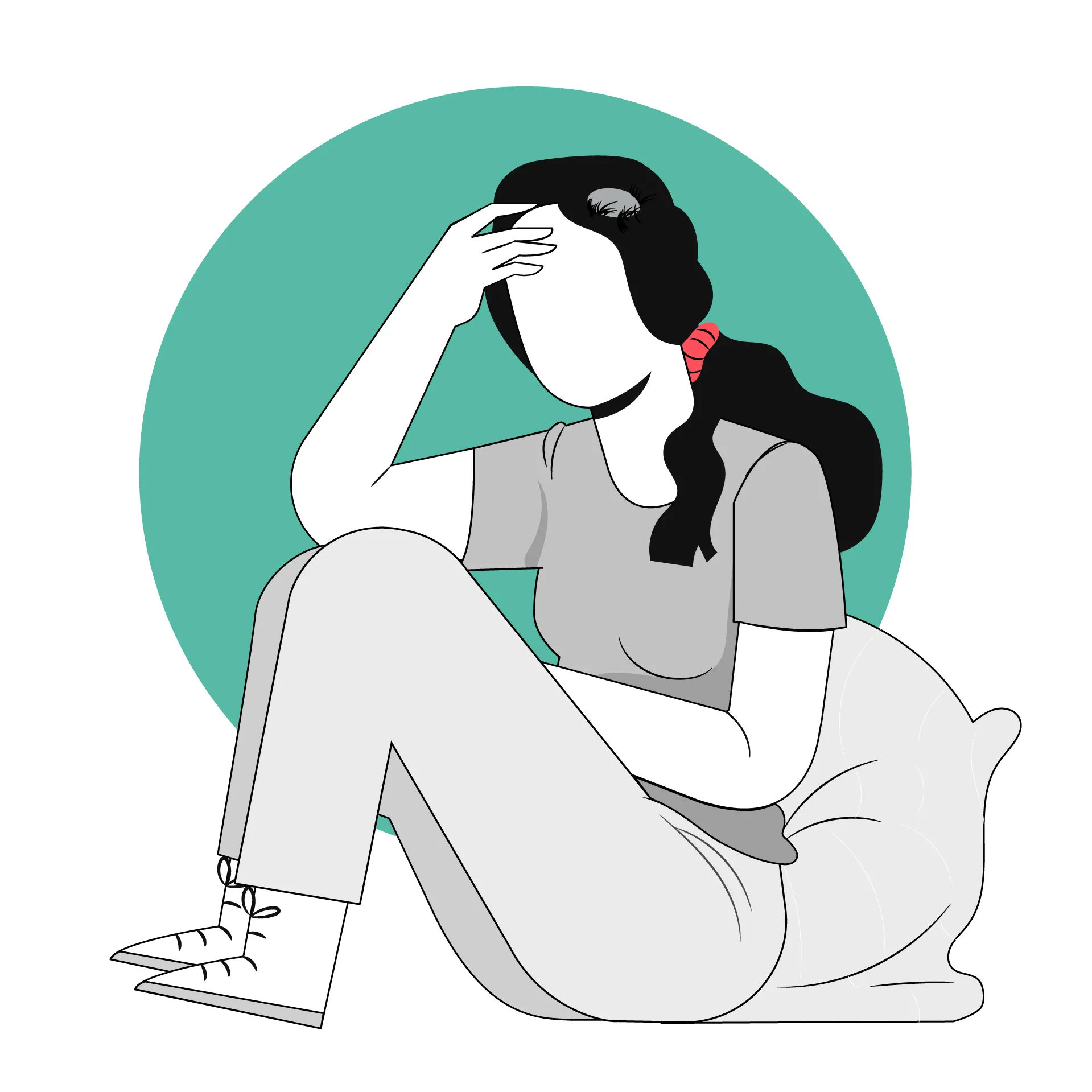
How is tinea capitis diagnosed?
Usually, doctors can identify tinea capitis by just looking at your scalp. To be completely sure, they may collect a sample of your hair. In some cases, they may order the following tests to confirm tinea capitis:
- Wood light
A special type of UV light helps to identify the ringworms in your scalp by making them glow in contrast to other rashes.
- KOH stain
- In this test, doctors will scrape some parts of the skin from your scalp’s infected region. This sample will then be placed on a slide containing potassium hydroxide (KOH) and then will be checked through a microscope. With the help of KOH stain, lab technicians can easily identify the presence of fungi. After providing the sample, you usually get the result in 24 hours.
- Culture
If it becomes challenging to get accurate results from a KOH stain, your doctor may prescribe a culture test. Culture is a substance that boosts the growth of fungi, so this test can accurately identify the presence of fungi in the samples collected. However, in this test, the results may take some time to come.
Additional Read: What Is Dandruff and How to Get Rid Of It?How is tinea capitis treated?
For children as well as adults, tinea capitis treatment consists of antifungal medications that the infected individuals need to consume for around six weeks.
With all the information regarding tinea capitis at your disposal, you are now equipped to watch out for the symptoms and get started with treatment at the earliest. To kickstart your treatment without delay, you can book a doctor appointment on the Bajaj Finserv Health website or app. This way, you can get any queries sorted in no time. Speak to a dermatologist of your choice and also ask them about hair growth tips, what sunscreen for hair you can use, and more. With the right guidance, you can ensure that your hair remains your crowning glory!
References
- https://www.researchgate.net/publication/38052225_Tinea_capitis_diagnostic_criteria_and_treatment_options
Disclaimer
Please note that this article is solely meant for informational purposes and Bajaj Finserv Health Limited (“BFHL”) does not shoulder any responsibility of the views/advice/information expressed/given by the writer/reviewer/originator. This article should not be considered as a substitute for any medical advice, diagnosis or treatment. Always consult with your trusted physician/qualified healthcare professional to evaluate your medical condition. The above article has been reviewed by a qualified doctor and BFHL is not responsible for any damages for any information or services provided by any third party.
